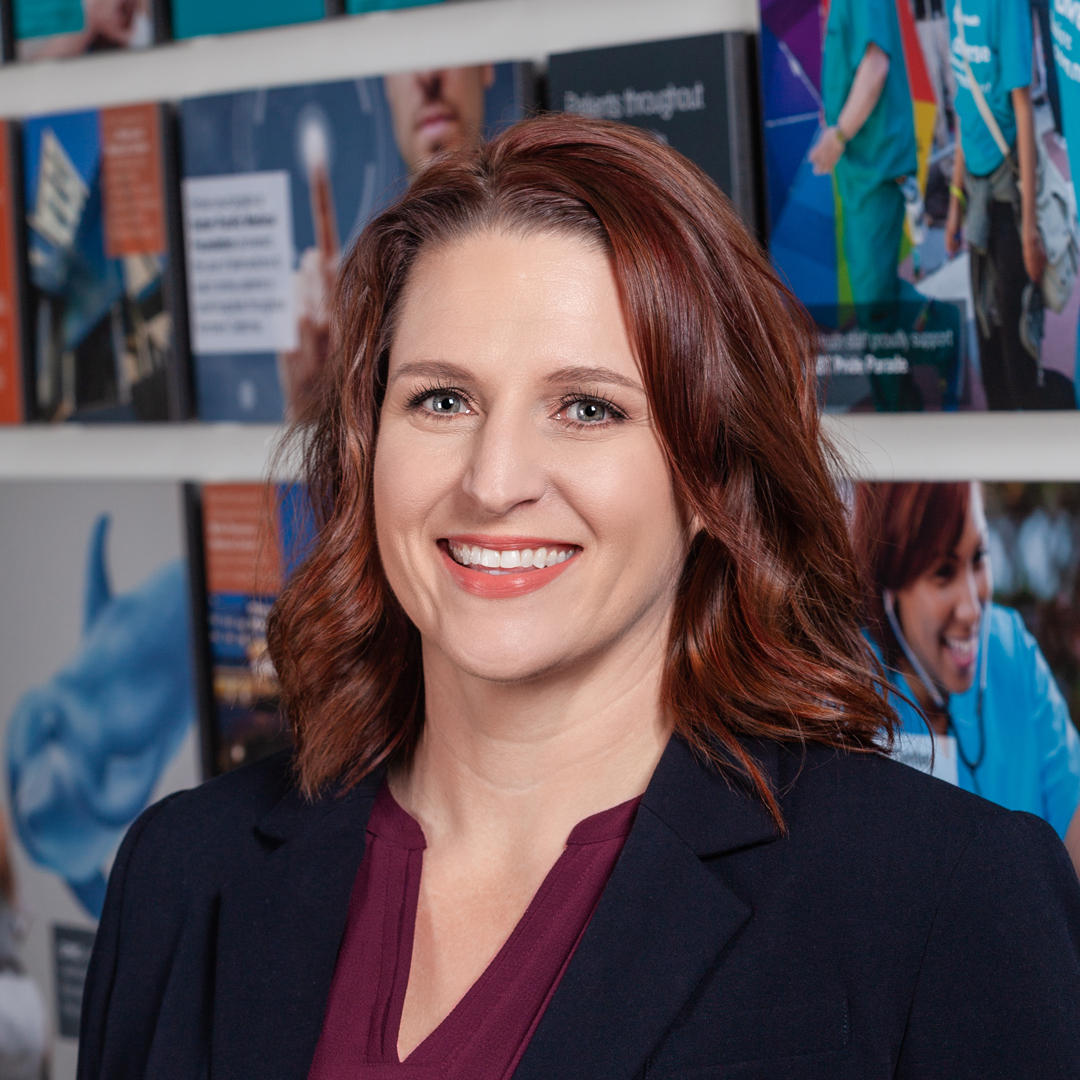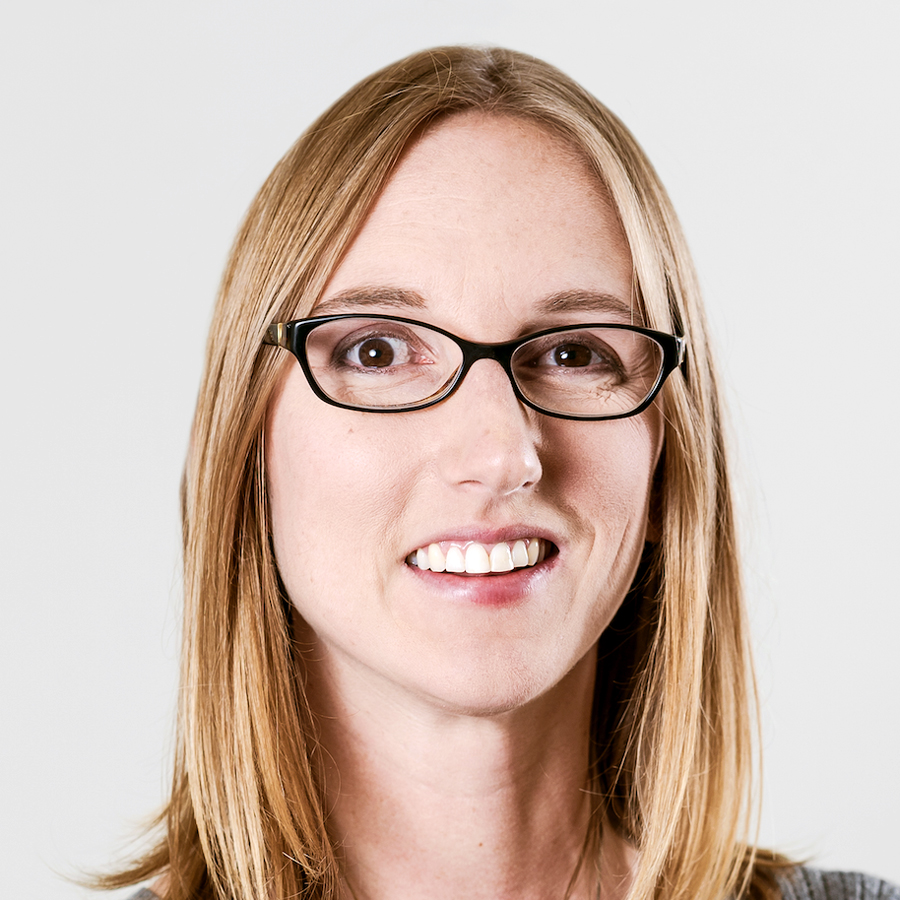John Williford says law school doesn’t teach you to be a leader, only how to think like a lawyer. He’s figured out how to lead along the way.
Williford is senior legal counsel for PRA Health Sciences (PRAHS), one of the world’s leading contract research organizations in size and distinction. And as of last summer, Williford is also the head of a team.
In July 2018, PRAHS reorganized its legal department, responding to wild growth since 2014, when Williford as hired. In 2014, PRA was a private company employing ten thousand people worldwide, and shortly after Williford’s hiring the company went public. It now has more than fifteen thousand employees in eighty-five countries. Since 2012, the company has won twenty industry awards in the Americas, Europe, and Asia. It was also on the 2018 Forbes Best Large Employers List.
The transition has gone smoothly, Williford says. Before the restructuring, the department had one senior vice president and one corporate attorney, as well as a vice president to whom every other attorney reported. It is now a department comprising several teams with their own leaders.
Five contracts groups handle projects for specific PRAHS business units. Williford’s team is the largest, overseeing product registration in the Americas, and it consists of four attorneys and eight contract professionals that provide services to the attorneys.
The change to the department’s structure was not brought on to manage an increase in the department’s staff as much as to better serve clients, Williford says. The department itself has grown from a contractual role to a full-service legal wing, and that change necessitated specialization to more closely align with internal stakeholders. This, in turn, has increased ownership and accountability of the legal work done for each business unit.
“I think there was always a plan that we would align with the business units. We don’t know what that future will entail but we’re all prepared to do what we need to do.”
Williford explains that different risk profiles for PRAHS’s business units, like product registration, early development services, and strategic solutions, needed the flexibility of customized groups to help clients meet their needs.
“If you have our strategic solutions division crossing multiple jurisdictions across the world and ensuring that proper licenses are in place, you create a scope that grows exponentially,” Williford says. “It made more sense to align people more with what they’re doing on a daily basis.”
The department had decided it had reached a limit on how it could keep up with the growth of the company, and this solution allowed the department to better manage its workload while eliminating the cost of hiring new people, Williford says.
“This is a way to utilize the skills of capable people who have been here a while, to empower those individuals on how to do more within that sphere, and to connect them more with the teams that they are serving so we can create stronger solutions and become better partners,” he says. “That drives a lot of efficiencies, because we know what we’re doing, how to do it, and how to deliver it.”
Williford believes he was chosen to lead a group in large part because of the way he had led negotiations when a large legacy pharmaceutical wanted PRAHS to take over a portfolio of its work and become a preferred partner for outsourcing.
“We had to get up and running extraordinarily fast, from approach and award to full-scale partnership in under two months,” says Williford. “We were able to get it all signed. It’s one of the models we use when we are looking at opportunities and how fast we can get up and running.”
Rather than run the negotiations by email, Williford and others flew out for in-person, full-day sessions to try to create solutions that worked for both parties. It was crucial for Williford to make the client comfortable with handing over more responsibility than it had in the past. It meant that PRAHS would take more ownership of decision-making, and Williford had to explain what that meant from a legal perspective.
Williford is right where he says he’s always wanted to be, managing and mentoring for personal and company growth, and he thinks it’s happened earlier in his career than it might have elsewhere.
PRAHS reached out to Williford during his four-year stint at a firm that provided legal and regulatory advice to organizations conducting clinical trials. His familiarity with the industry compensated for a lack of scientific knowledge, and having worked with PRAHS previously marked the company as one able to fulfill his desire to do work that helps people.
“It’s really nice to be a part of an industry that gets to touch so many different parts of what we do as a healthcare system,” he says.
The restructuring transition has been a natural one for him, says Williford. He’d already been leading several large strategic engagements, and he had been informally mentoring attorneys who he had interviewed and trained.
It’s too soon to tell how the restructure has affected PRAHS, Williford says. In the two quarters since the change, the department has concentrated on better internal communication, clarifying who the rest of the company should call on for different issues. Anecdotally, the rest of the company has appreciated the new regimentation and transparency, he says.
“I think there was always a plan that we would align with the business units,” says Williford. “We don’t know what that future will entail, but we’re all prepared to do what we need to do.”

